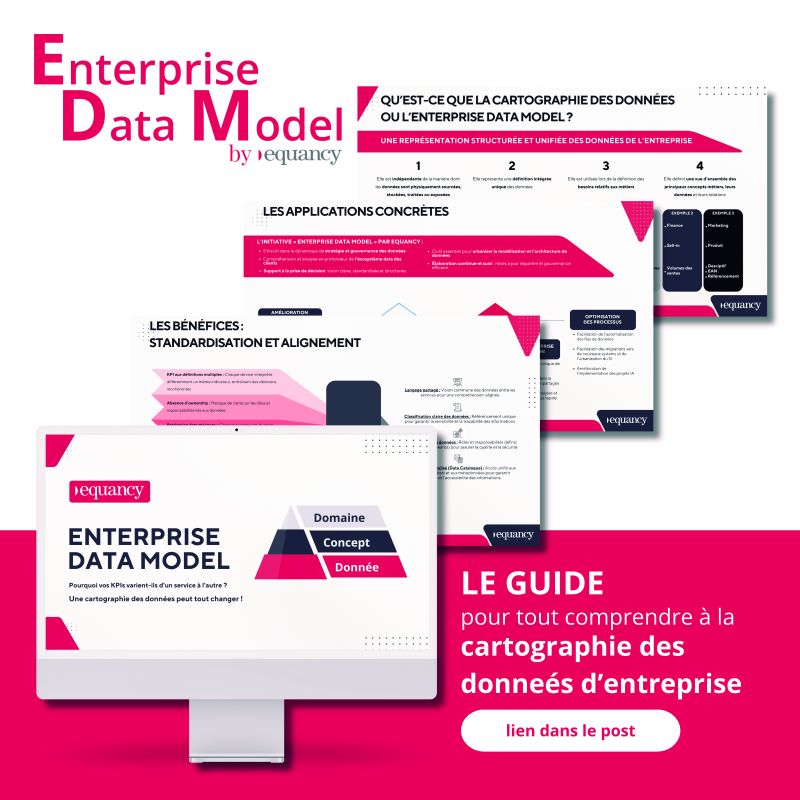The end of third-party cookies on Chrome - solutions are being put in place
After Safari and Firefox, Google announced in January 2020 that it would eliminate third-party cookies on its Chrome browser within two years. After January 1st 2022, almost 9 out of 10 Internet users will no longer be identified by third-party cookies (Le Hub – La Poste). This announcement plunges the world of ad retargeting into uncertainty, with Google Chrome representing 64% of the web browser market share in February 2021 (Statcounter).
This decision is part of a strategy to protect the privacy of users on the web, as well as a need to comply with increasingly strict regulations on this subject, such as the GDPR or the future ePrivacy program of the European Union. This economic and legal shift is logically in line with users' desire to have their individual rights respected: 72% of users would stop buying a product or service from a company that does not guarantee privacy (BCG). This decision is also in line at the French level with the new CNIL guidelines implemented since April 1, 2021.
With less than a year to go before the end of this transition period, it seems essential to understand the consequences of this change for online advertising players, but above all to discuss the alternatives, existing or in development, to these third-party cookies. This is a huge opportunity for the industry, which is seeing the emergence of technologies that are just as effective as third-party cookies and the possibility for advertisers and brands to clean up their image with users.
How to identify and track users while respecting their privacy and regulations?
For publishers or advertisers, this question seems antinomic. On the other hand, the third-party cookie was a real goldmine for online advertising. According to Invesp, "visitors to websites retargeted with Display ads are 70% more likely to convert on the retailer's website". The removal of third-party cookies will make this retargeting much more complex.
Today we present five alternatives to the third-party cookie with their benefits and limitations.
Google's Privacy Sandbox under fire
What is it? It's the new interface where advertisers can access information about groups of users. Google marks the shift from personal targeting to group targeting, organized in cohorts of users according to their affinities: this technique is called Federal Learning of Cohorts (FLoC). Advertisers therefore no longer have access to individual behavioral data to exploit or resell. This Privacy Sandbox will still allow user tracking, ad targeting and the attribution of a conversion to a third party site, but with less precision than to the individual.
The benefits? This project is part of a logic of respect for the privacy of users while allowing advertisers to access the greatest possible precision in order to propose relevant content. The objective is not to upset the system but to make it healthier and respectful of the regulations in force.
The limits? Google would place itself in a monopoly position on the ownership and use of this data, which is so important in the online advertising sector today. This is why a group of 15 US attorneys general filed an antitrust complaint against Google in December 2020, in which the Privacy Sandbox is mentioned, accusing Google of "hiding its true intentions" as well as wanting to place "the Chrome browser at the center of tracking and targeting" (Siècle digital). Moreover, as this data is less accurate, targeting will inexorably suffer.
The advent of 1st party data
What is 1st party data? 1st party data is data that is owned by an actor. It includes data generated by users' interaction with your website or CRM data.
What are the advantages? This data is by nature differentiating (because it only belongs to one actor), relevant (generated by the interaction of customers with the brand), and of good quality (collected at the source). It is a cheap data that allows to make marketing activities profitable.
Limitations? Access to this data is only possible if there is interaction and informed consent with prospects and/or customers, which is not the case for the consumer goods industry, which is dependent on their distributors. The quality of the data is also subject to the user's willingness to provide complete and correct data. Finally, the use of this 1st party data requires a centralized and omni-channel collection in order to avoid any misuse of the data which could affect the efficiency of the projects and annoy the owners who see their data misused.
Private gardens
What are private gardens? Derived from the "walled gardens" of Facebook or Google, "private gardens" are closed technological ecosystems belonging to an independent data-rich actor who makes his 1st party data available to advertisers and brands; for the latter, it is second party data. Private gardens" are collaborative spaces where customers have transparent access to data, in contrast to "walled gardens". LiveRamp's SafeHeaven is an example of a private garden technology service.
The benefits? These technological ecosystems contain an almost unlimited amount of high-quality 1st party data. They are also transparent, so advertisers and brands can analyze and understand the strengths and weaknesses of their marketing activities to be more relevant to users. It's a win-win-win situation: for the owners of this data who monetize this huge amount of data that was previously inert, for the brands and advertisers who have access to quality data and can be more and more relevant, and finally for the users who receive relevant advertising while having their privacy respected.
The limits? The main obstacle today is technological. These are complex technological structures that must allow advertisers and brands to connect in order to have access to segments of data while respecting the regulations related to user privacy. Moreover, few players have the financial and data resources to build a useful and profitable ecosystem, with retailers being the most promising candidates.
The PID, a project full of promise
What is the PID? It's a persistent unique identifier that tracks the user on these different devices. The user must voluntarily sign up for it. Today, the Project Rearc developed by the IAB seems to be one of the most promising.
The advantages? For the user, it allows to connect everywhere in a secure way with a single identifier. For the advertisers, this identifier offers a complete profile that allows to push personalization to its paroxysm.
Limitations? This technology is still at the project stage. It is an extremely complex system to set up since it involves all web stakeholders, which requires seamless cooperation.
Contextual targeting
What is contextual targeting? It is the purchase of advertising space on sites whose content is related to an ad, for example an airline ad on TripAdvisor. Keyword targeting is gradually turning into semantic targeting where, thanks to machine learning, NLP (Natural Language Processing) algorithms can understand the language and tone of a page; for example, artificial intelligence can tell the difference between praise and criticism of the same subject.
The benefits? Users receive relevant advertising in a moment of engagement on their part. In addition to getting them to respond to the stimulus, the advertiser improves its brand image by offering relevant content. Moreover, contextual targeting is not based on user data, so it is totally in line with the new regulations.
Limitations? It is probably a less efficient alternative to the current third-party cookie system.
The world without third-party cookies is coming tomorrow. Users' concerns about their privacy are being addressed and this is a step forward. Like any change, the news scares and worries stakeholders, but this announcement is a catalyst to clean up online advertising. Google's stance may also lead to a solidarity of actors in response to get out of the Mountain View firm's stranglehold on ad targeting. Advertisers will surely tend to expand their proprietary databases in order to strengthen their data sovereignty and create new sources of revenue, for example through monetization.




